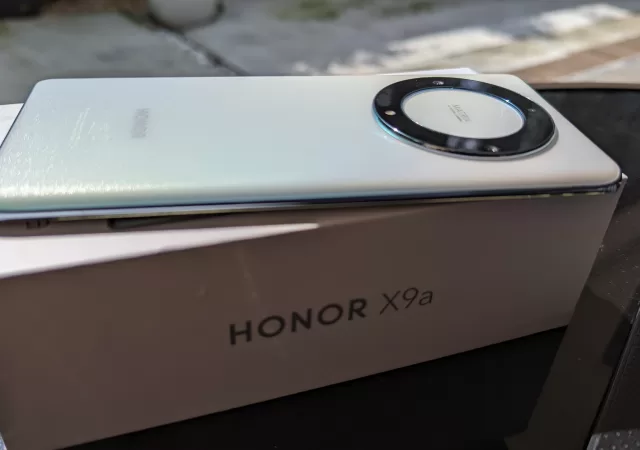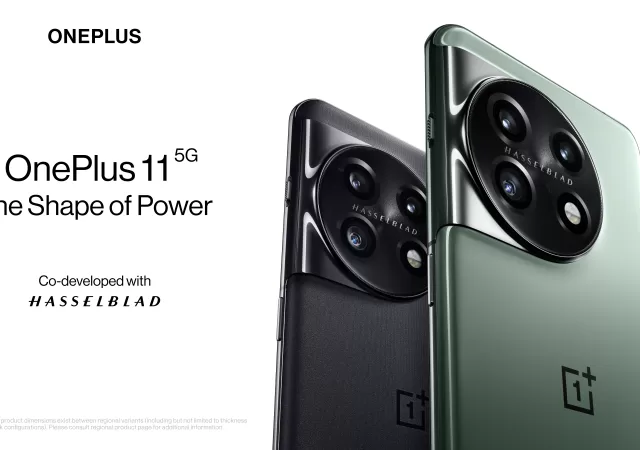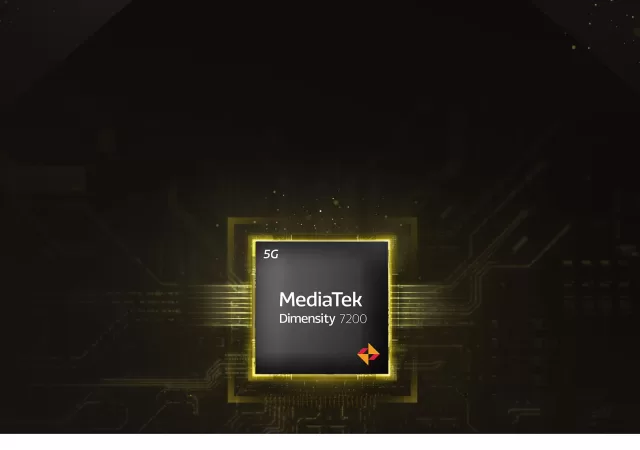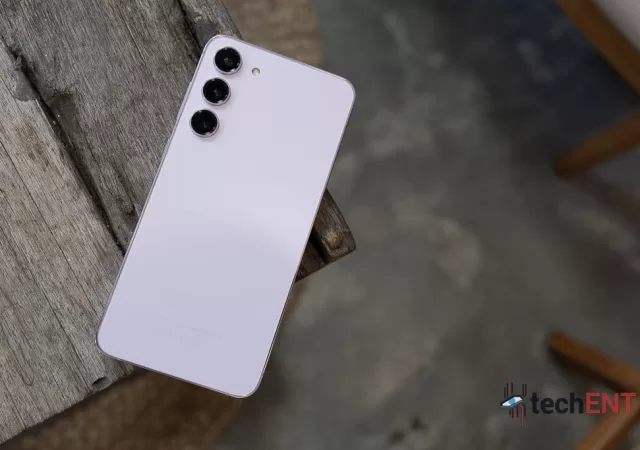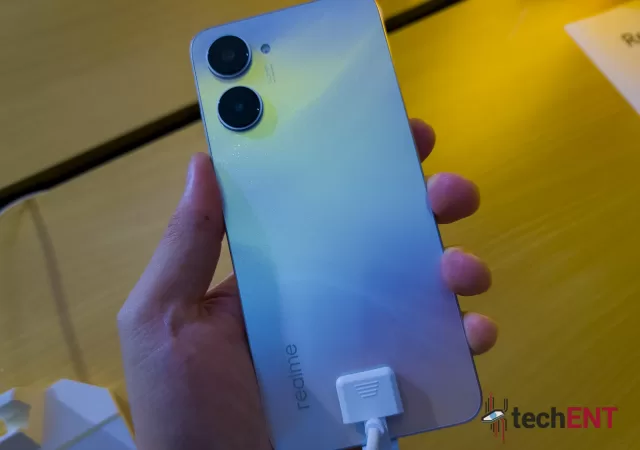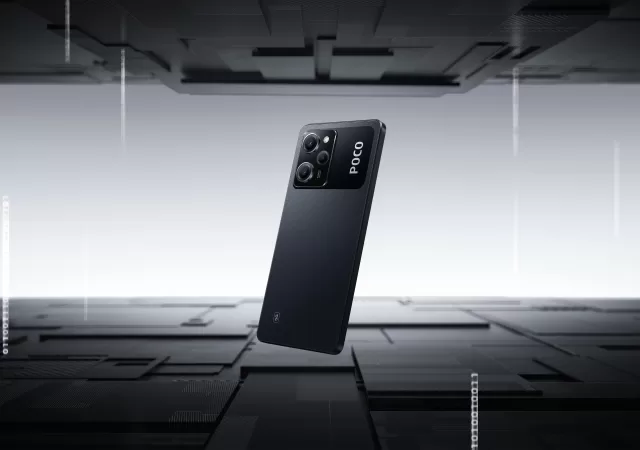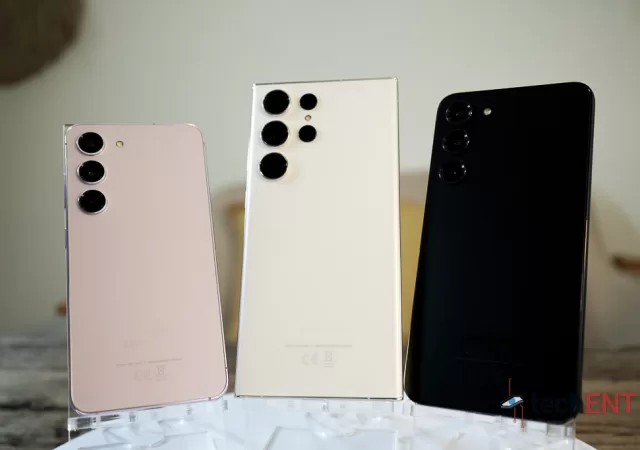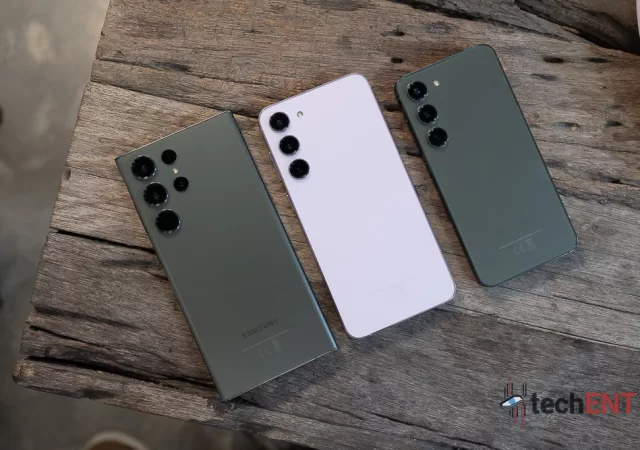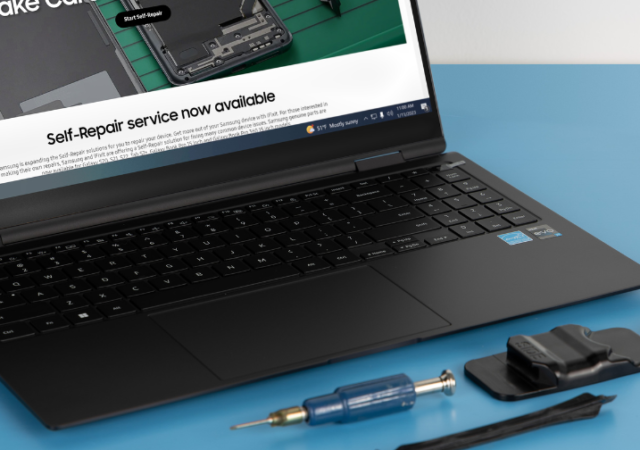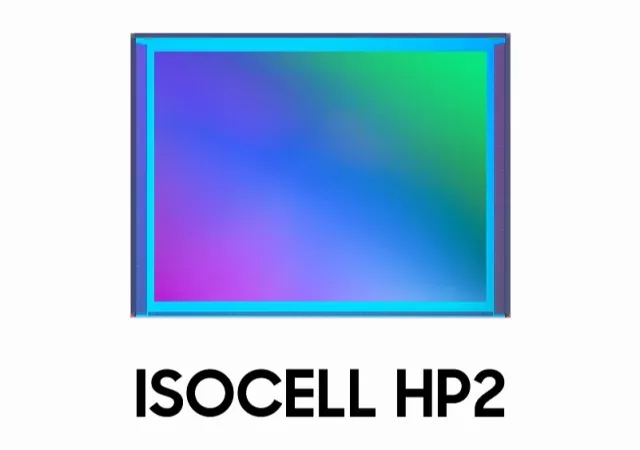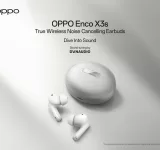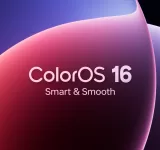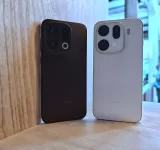Any new smartphone owner has had nightmares of their shiny new screens cracking on day one from the slightest of drops. Well, Honor has gone to great lengths to allay those fears with their new midrange entry, the Honor X9A…
OnePlus 11 5G Available in Malaysia from MYR3,299
OnePlus is turning heads once again with its new flagship OnePlus 11. The OnePlus 11 seems to mark a turning point for the company – one that leads them back to their roots; creating smartphones that show the competition what…
MediaTek Launches the Dimensity 7000 Series, Kicks Off with Dimensity 7200
MediaTek launches their latest budget friendly mid-range SoC with 5G support in the Dimensity 7000 series, the Dimensity 7200.
The Galaxy S23 Marks the Death of Mobile Innovation at Samsung
Samsung’s latest flagship series is a sign that innovation is taking the back seat at the company in favour of Lux and pricing.
realme Launches Their Super Budget Smartphone the realme 10 for under MYR 1,000
realme launches their realme 10, the new budget friendly entry-level smartphone under MYR 1,000 that punches above and beyond its class.
POCO Launches Their 2023 Mid-Range Champion, the X5 5G and X5 Pro 5G Prices Starting from MYR 1,099
POCO introduces the X5 Pro and X5 mid-range smartphone that comes with a high-end AMOLED display and up to 108MP camera.
Pre-orders for Galaxy S23 Series Go Live
Samsung’s Galaxy S23 series goes on pre-order in Malaysia. Find out what you can get with your purchase of the new flagship.
Samsung Unpacks The Galaxy S23 Series
Samsung unveils it’s new Galaxy S23 series which brings a customised Qualcomm Snapdragon 8 Gen 2 processor with a whopping 200 megapixel camera.
Now You Can Repair Your Samsung Galaxy S22 Smartphone by Yourself!
Samsung adds their Galaxy Book Pro and Galaxy S22 series devices in their self-repair program, genuine parts now available through iFixit.
Samsung introduces the ISOCELL HP2 – The Little 200MP Sensor for Your Smartphone
Samsung announces the ISOCELL HP2 camera sensor for smartphones packing 200MP ahead of Unpacked 2023 and their next-gen flagship release.



